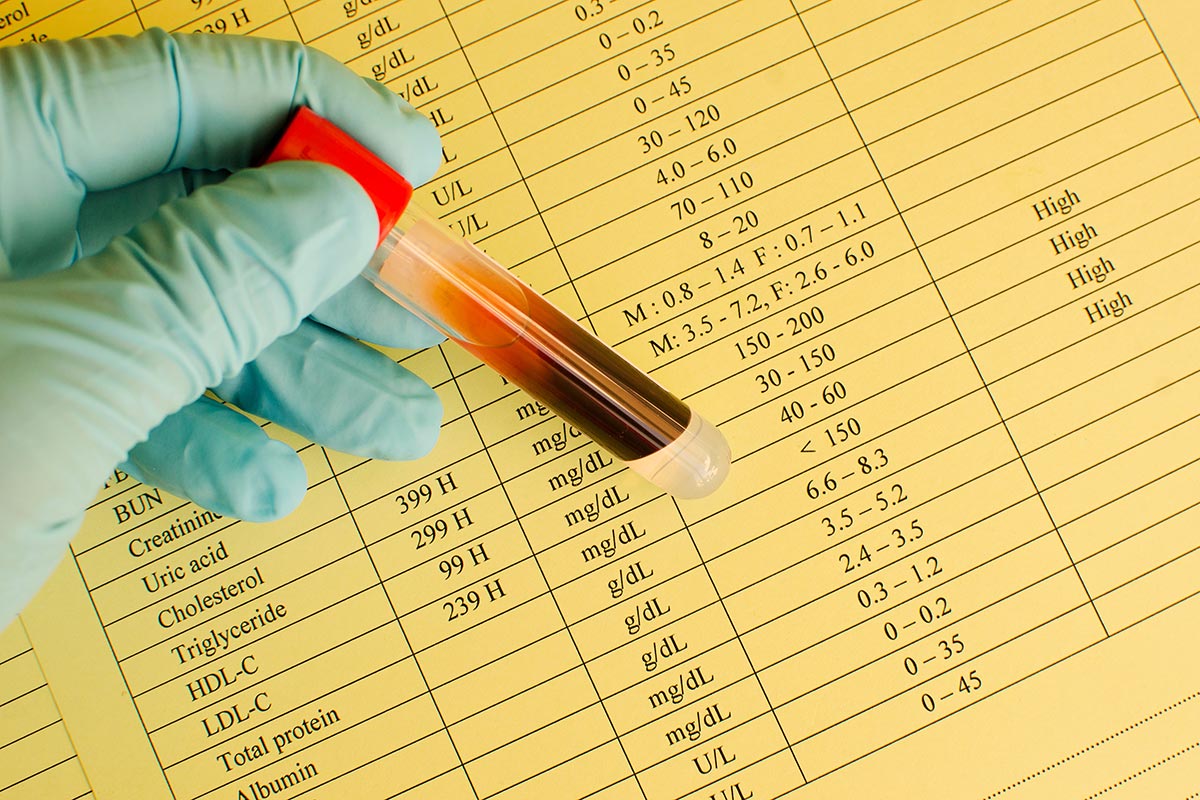Ask Dr Adam: How Can I Lower My Cholesterol?

High cholesterol is a health issue that we tend to associate with our later years, but statistics show that it’s increasingly on the rise in younger age groups too.
Figures from the British Heart Foundation estimate that over a quarter (29%) of 25-34-year-olds, and nearly a half (45%) of 35-44-year-olds struggle with high cholesterol, so a greater number of people are being diagnosed than you might think.
Most experts agree that high levels of this fatty substance make it more likely that you’ll have a heart attack, so it pays to take preventative steps to reduce your risk. We asked Form’s resident health expert Dr Adam to explain what cholesterol is and how you can keep yours in check.
What exactly is cholesterol?
Cholesterol is a natural fatty substance that’s found in your blood. “Technically speaking, it’s a lipid – a type of fat that is insoluble in water,” explains Dr Adam. “It’s found in every cell of the body and plays a role in functions like the creation of hormones, and bile acids that aid in the digestion of fats.”
Cholesterol is transported around the blood inside lipoproteins: “Spheres that are a bit like shopping bags, that help to move cholesterol efficiently around the blood. And while it’s primarily produced in the liver, it’s also found in some of the foods we eat, such as eggs and meat,” says Dr Adam.
Dietary cholesterol used to have a bit of a bad rap in the 80s and 90s, but recent studies have changed our view on these sources, finding that their effects on blood cholesterol are less serious compared to those linked with eating large amounts of ultra-processed foods.
Now, here’s where it all gets a bit complicated – there are two very different types of cholesterol in our bodies. “Low-density lipoprotein, or LDL, it’s what delivers cholesterol from the liver to the cells,” explains Dr Adam. “It’s often referred to as ‘bad’ cholesterol because too much of it can build up in the walls of the arteries, leading to their hardening and narrowing, and increasing our risk of heart disease and stroke.”
Then there’s high-density lipoprotein (HDL), which “scavenges cholesterol from the bloodstream by transporting it back to the liver, where it can be excreted.”
“It’s known as ‘good’ cholesterol,” says Dr Adam, “as higher levels are associated with a lower risk of heart attacks.”
So when people talk about high cholesterol, they’re generally talking about having too much ‘bad’ LDL cholesterol in the blood.

Why is LDL cholesterol so bad, and why does it cause negative effects on heart health?
The reason LDL particles can be problematic is because they linger in the bloodstream for a long time, notes Dr Adam. “If they manage to breach the endothelial lining of your arteries, aka the thin layer of cells that lines the interior surface of blood vessels, trouble can arise.”
Basically, once they’ve found their way inside the arteries, the fats within these LDL particles undergo oxidation, which triggers inflammation. “During this oxidation process, the structure of the fats on the surface of the LDL particles undergo damage, which sets off alarm bells in your body,” notes Dr Adam.
“In response, immune cells called monocytes rush to the scene, perceiving the damaged LDL particles as foreign invaders. These worker cells transform into macrophages, special cells that engulf and digest cellular debris to clear away the damage.”
Unfortunately, a byproduct of this cleanup effort is the formation of fatty deposits beneath the arterial walls, a condition that’s scientifically known as atherosclerosis. When these deposits build up over time, they form raised growths that partially block the arteries.
With a a narrower passage for the blood to flow through, it increases blood pressure and elevates your risk of cardiovascular issues like heart attack, coronary artery disease and stroke.
How can I lower my cholesterol safely?
Studies have found that living a healthy lifestyle can help to lower your risk of heart disease, but how exactly do you get started? Here, Dr Adam shares his top tips:
Reduce saturated fat intake
One of the most effective dietary changes you can make is to reduce your intake of saturated fats to less than 10% of your daily energy intake.
As Dr Adam explains: “Saturated fats – found in foods like fatty meats, full-fat dairy products and certain oils – have been linked to increased levels of LDL cholesterol, which is a major risk factor for cardiovascular disease.”
Quit smoking and vaping
Smoking not only affects your lungs but also has damaging effects on your cardiovascular system too.
“Cigarette smoke impairs endothelial function, which is the ability of the blood vessels to relax and dilate properly,” warns Dr Adam. “Smoking is also a major risk factor for the development of atherosclerosis [the previously mentioned condition where plaque builds up in the arteries], leading to reduced blood flow and increased risk of heart attacks and strokes.”
Focus on overall diet and exercise
While reducing saturated fat intake is important, Dr Adam says it’s also crucial to focus on the overall quality of our diet, and to make sure we’re moving regularly.
“For people who are overweight or obese, particularly those with excess abdominal fat, losing even a small amount of weight (about 5% of body weight) can significantly improve cardiometabolic risk factors such as cholesterol levels, blood pressure and insulin sensitivity. This can be achieved through a combination of calorie restriction and increased exercise.”

Consider plant-focused diets
Certain diets, like the Mediterranean diet, Portfolio diet, and DASH (Dietary Approaches to Stop Hypertension) diet, have been shown to have protective effects against cardiovascular disease.
“These diets hone in on eating lots of whole foods, like fruits, vegetables, whole grains, lean proteins, and healthy fats like olive oil and nuts, which have protective effects on the heart. Plus, they also limit processed foods, red meat and added sugars.”
Understand metabolic health
Did you know that anyone can have high blood pressure – even people who appear to be in a healthy weight range?
“Some people may have normal body weight and ‘look healthy’ on the surface, but still have high cardiometabolic risk due to factors such as poor diet quality, lack of exercise and a general genetic predisposition. This is where plant-based diets and regular exercise can be particularly helpful, as they can improve metabolic health, no matter your current weight.”
How can I work out if I have high cholesterol?
The tricky thing about detecting high cholesterol is that it typically doesn’t cause any noticeable symptoms, which is why it’s often referred to as a ‘silent’ condition. In most cases, the only way to detect it is through a blood test with your GP, which is why regular screening is important – especially in our later years.
Research has also found that measuring levels of a protein called Apolipoprotein B (apoB) in the blood can give us a more detailed picture about our cardiovascular risk. This is because raised levels of apoB are associated with a bigger risk of atherosclerosis, as well as heart attacks and strokes.
So, it’s probably a good idea to monitor apoB levels, as well as other lipid markers like LDL cholesterol, so you can know exactly where you stand. From here, a GP or qualified health professional can guide you to the right treatment and lifestyle interventions to help bring your cholesterol levels back in line.


















